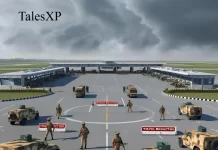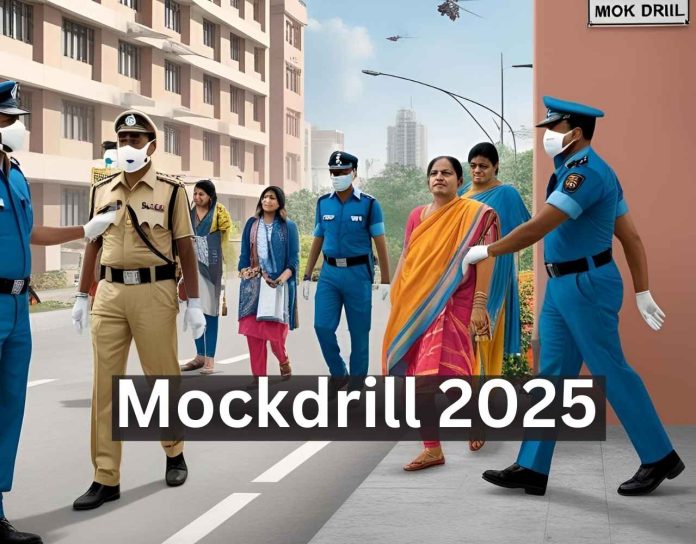🛡️ Rising Tensions, Realistic Readiness: India’s Mock Drills Go Nationwide
In response to recent cross-border tensions and military escalations such as Operation Sindoor, the Government of India has intensified its nationwide mock drills. From metropolitan cities to border towns, civil defense authorities have rolled out a series of emergency preparedness exercises aimed at ensuring readiness in case of war, terror attacks, or natural calamities.
These drills are not just precautionary—they represent a growing doctrine of national alertness, especially as citizens increasingly become stakeholders in national security.
🚨 What Are Mock Drills?
Mock drills are simulated emergency response exercises that test how effectively government agencies, security forces, hospitals, and civilians can respond to crises. These can include:
- Air raid siren tests
- Evacuation procedures
- Blackout protocols
- Medical emergency setups
- Coordination among NDRF, police, fire, and health services
🗺️ Where Were the Recent Drills Conducted?
Over the past two weeks (April–May 2025), mock drills were conducted across seven states and union territories, including:
- Delhi NCR: Blackout drills in Lutyens’ Delhi and Connaught Place
- Punjab & Haryana: Air raid sirens and underground shelter activation
- Jammu & Kashmir: Border town evacuations and quick response rehearsals
- Himachal Pradesh: Mountain-area rapid response drills
- Uttar Pradesh & Rajasthan: Railway station and hospital readiness checks
These states were chosen due to their strategic importance and vulnerability to potential threats, especially during heightened military standoffs.
🧭 Key Features of the Mock Drills
- Air Raid Sirens: Sounded in key urban locations to simulate enemy strikes.
- Blackouts: Entire neighborhoods were cut off from electricity for 10–30 minutes to test response.
- School & Hospital Evacuations: Emergency evacuation routes and medical response capabilities were assessed.
- Communication Readiness: Simulation of mobile/internet blackout conditions and emergency radio use.
- Public Participation: Civilians, RWAs, and volunteers were involved, with coordination by district magistrates.
🇮🇳 Why Are These Drills Being Done Now?
The Pahalgam terror attack (April 22, 2025), followed by India’s Operation Sindoor, has triggered widespread concern over the possibility of retaliatory actions or war escalation.
Government agencies, under the guidance of the Ministry of Home Affairs (MHA) and National Disaster Management Authority (NDMA), initiated these mock drills as part of pre-emptive civil defense measures.
🗣️ Reactions from the Public and Officials
📢 Government:
“These are precautionary steps. There’s no reason to panic. But every citizen should know how to respond in emergencies.” — Home Secretary Ajay Bhalla
👥 Citizens:
Some citizens praised the transparency and seriousness of the drills, while others expressed anxiety due to the war-like atmosphere they created.
📊 What Did the Drills Reveal?
Initial assessments from NDMA observers suggest:
- 80% compliance in urban zones
- Gap in awareness in rural areas
- Hospitals and police stations responded within national standards
- Shelter systems require better signage and citizen education
📘 Historical Context: Mock Drills Last Seen During 1971 War
This level of preparedness hasn’t been seen since the Indo-Pak war of 1971, when India had enforced citywide blackouts and radio silence during the Bangladesh Liberation War. Now, in a new era of digital dependence, drills also simulate cyberattacks and communication disruption.
📎 What Citizens Should Know & Do
- Listen for sirens: A 60-second rise and fall tone signals air raids.
- Blackout protocol: Turn off lights, pull down curtains, avoid windows.
- Keep an emergency kit: First aid, flashlight, water, ID, and a radio.
- Know your shelter: Schools, basements, underground metro stations are common safe zones.
- Download Aarogya Setu & NDMA app: These will provide alerts and instructions.































